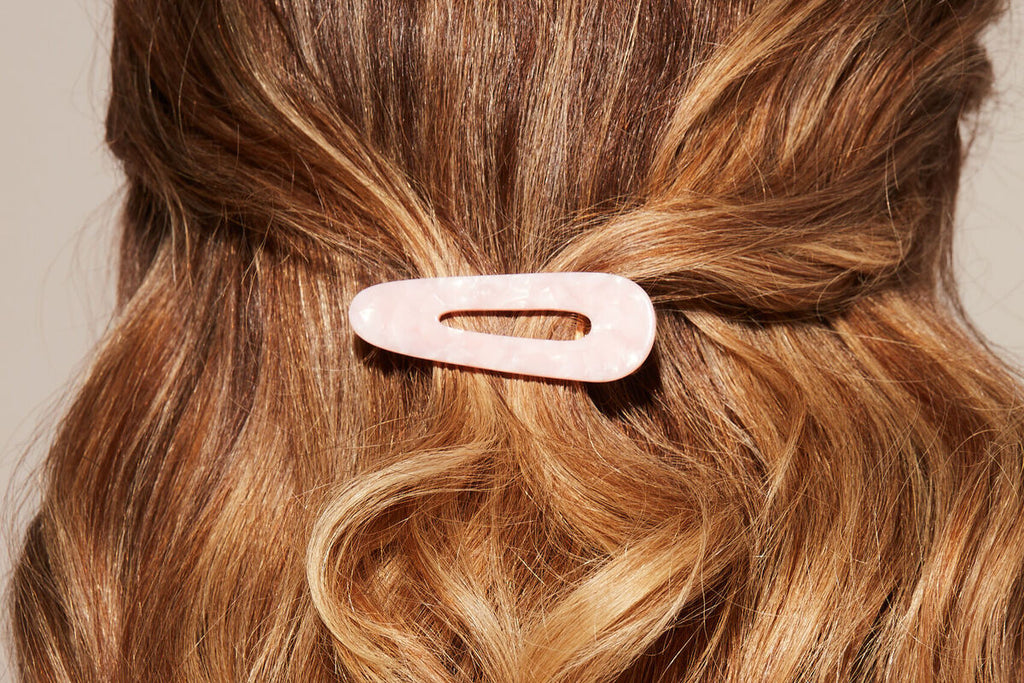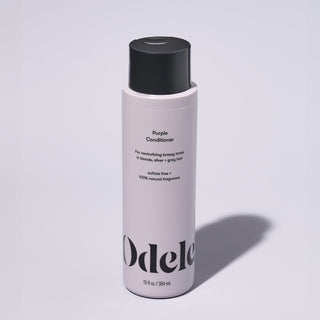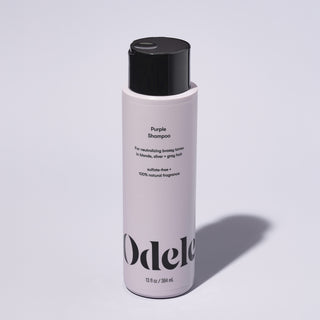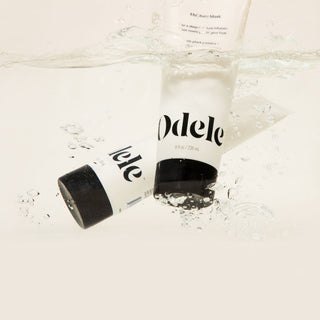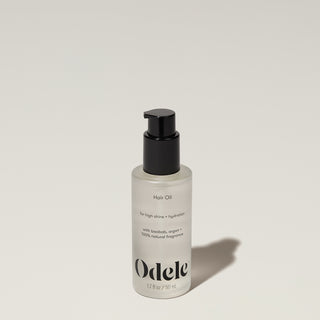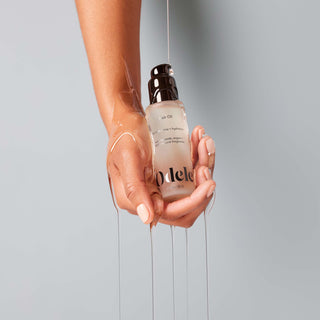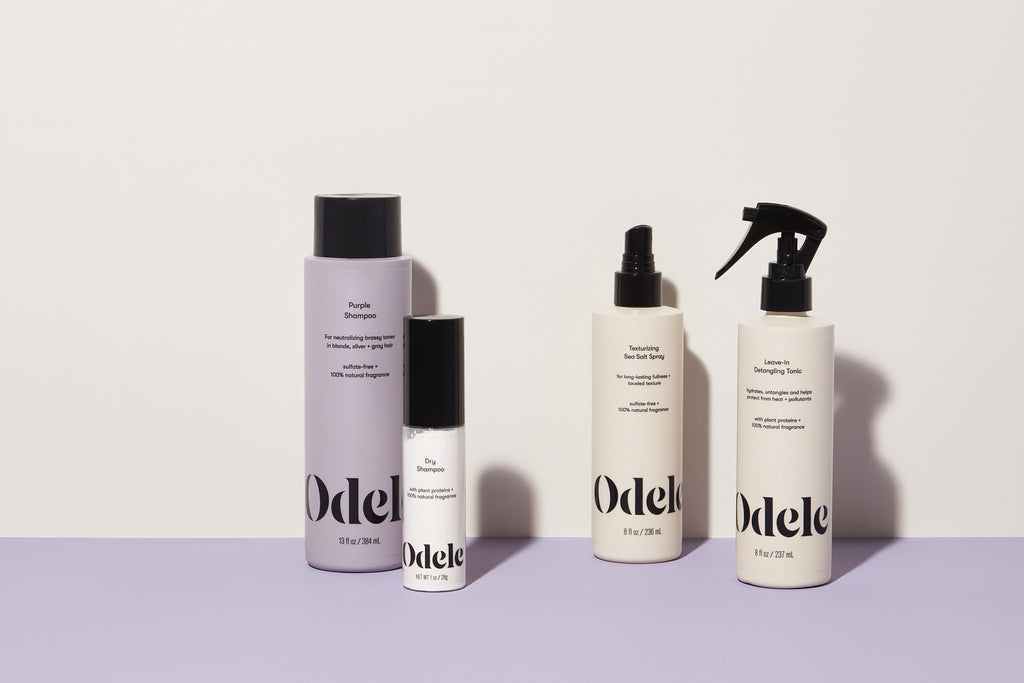Hair coloring might seem like a modern beauty obsession, but it’s actually one of the oldest ways people have expressed identity, status and style. From crushed plants in ancient Rome to DIY box dye and today’s clean, color-safe hair care, the history of hair coloring is as rich and layered as a fresh salon balayage.
Ancient hair dye rituals
Long before hair dye was bottled and boxed, it came straight from nature. In ancient Egypt, people used henna as early as 1500 BCE to cover grays, leaving a warm reddish tint. Across the Mediterranean, Greeks and Romans whipped up their own DIY palettes with saffron, indigo, leeks, and, yes, even leech blood.
But hair color was about more than beauty—it was a social signal. In Rome, dark hair was linked to intellect and refinement, while blonde hair (achieved with goat fat and wood ash) symbolized strength, imitating the appearance of powerful Germanic tribes.
Ancient East Asians used ingredients like black beans, vinegar and herbs to dye their hair jet black, a shade tied to strength and vitality. The Himba people of Africa have been coating their hair with red ochre for style and sun protection for centuries. Across the Americas, Indigenous peoples colored their hair with pigments from plants, berries and minerals—traditions still alive in many communities today.
The Middle Ages: blonde ambitions
Early medieval Europe was all about modesty, so hair dye took a backseat. But by the late Middle Ages, blonde was back in the spotlight. Especially in Venice, where women sunbathed for hours with homemade lightening pastes made from honey, alum and sulfur—a labor-intensive (and probably smelly) ritual. The result? Golden strands that signaled wealth and leisure.
Renaissance and Elizabethan Era: red rules
The Renaissance kicked off a beauty revival—and some seriously bold (and kind of scary) hair experiments. Quicklime, lead combs, even urine (!) were used to lighten or darken hair.
Red hair stole the show in 16th-century Europe thanks to Queen Elizabeth I’s legendary fiery locks. People chased that look with saffron and sulfur powders, despite the headaches and nosebleeds it sometimes caused.
19th century: from plants to chemistry
The 1800s marked a shift from natural ingredients to chemistry experiments that would change hair coloring forever.
In 1856, chemist William Henry Perkin accidentally created mauveine, the world’s first synthetic dye, while attempting to synthesize quinine. This vibrant purple dye wasn’t just a game-changer for textiles; it also paved the way for future hair color innovations.
By the 1860s, para-phenylenediamine (PPD) was developed, a powerful synthetic chemical that helped make bold, long-lasting hair dye possible. (Heads up: PPD is now known to be a toxin and allergen, which is why many clean brands keep it on the “no” list.)
20th century: the birth of modern hair dye
1907: The first commercial hair dye
The hair dye revolution really took off in the early 1900s. French chemist Eugène Schueller invented “Auréole,” the first commercial synthetic dye (and later founded L’Oréal).
1950s: Box dye goes mainstream
The 1950s brought hair dye to the masses. Thanks to brands like Clairol and their iconic “Does she or doesn’t she?” campaign, hair dye left the salon and landed in drugstores. Suddenly, coloring your hair at home was easy and totally normal.
1970s–1990s: Rebellion, rock and rainbow hair
Hair color took on new meaning in the late 20th century—becoming a symbol of rebellion, self-expression and culture. Punk’s neon hues, Madonna’s platinum moments and even frosted tips made bold color part of the mainstream.
Hair color today: clean, creative, inclusive
Today, hair coloring is more expressive—and accessible—than ever. Clean haircare brands (hi 👋) are leading the charge with color-safe, sulfate-free formulas that let you play without compromising your hair’s health.
Whether you’re into semi-permanent shades, glosses, color-depositing conditioners or hair makeup, there’s a formula and hue for every hair type and vibe.
Social media has also shifted the landscape. Viral TikToks, trend-forward salons and inclusive campaigns have democratized hair color, spotlighting every tone and texture. Gray hair? Gorgeous. Electric green? Go for it. Natural or neon, today’s color story is about freedom, not rules.
The Drop
Hair color has come a long way—from black beans and saffron to Sunday night box dyes and salon-grade care. Wherever you are on your color journey, you’re part of a long (and vibrant) history of self-expression.

